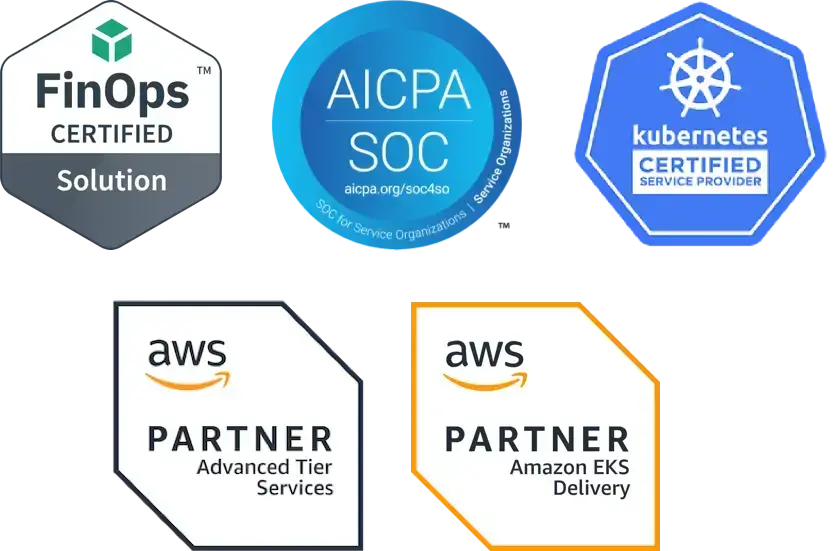Imagine you’ve just learned how to ride a bike. You may be okay to ride in a straight line. As you build your confidence, you’ll start to turn, ride over bumps, even ride without holding the handle bars. In phase two, you learned how to ride the bike, now in phase three you are learning new tips and tricks everyday as you understand nuances through experience.
You will be very comfortable in some areas, but lack confidence in others. For example, as you get more familiar with liveness and readiness probes, you’ll understand how slight configuration changes can alter your workload’s behavior. You’ll be better equipped to make changes to have a positive impact. Another example is you may have security policies in place, but cannot ensure all your clusters have the configuration required to comply.
In this stage, as you understand these nuances, you will start to train others on your team. This will help to build your confidence even more.
As you build confidence, your curiosity will grow around what you’ve experienced to date and how you can make improvements. You will experiment and not panic if something breaks in your Kubernetes cluster.


